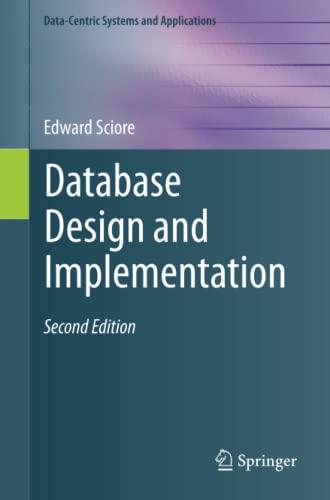Answered step by step
Verified Expert Solution
Question
1 Approved Answer
2's complement often used to encode negatives since can add positive/negatives values without changing how binary addition works. E.g., adding two positive numbers [(23) 10
2's complement often used to encode negatives since can add positive/negatives values without changing how binary addition works.
E.g., adding two positive numbers [(23)10 and (87)10]:
1 111 00010111 +01010111 01101110
From right-to-left:
- 1 + 1 = (10)2: bring down 0, carry 1
- 1 + 1 + 1 = (11)2: bring down 1, carry 1
- 1 + 1 + 1 = (11)2: bring down 1, carry 1
- 1 + 0 + 0 = (1)2: bring down 1, no carry (carry is zero)
- 1 + 1 = (10)2: bring down 0, carry 1
- 1 + 0 + 0 = (1)2: bring down 1, no carry
- 0 + 1 = (1)2: bring down 1, no carry
- 0 + 0 = (0)2: bring down 0, no carry
Add following positive and negative (2's complement) binary numbers:
00110011 +10110000
Fill in following information:
- First (top) number in base 10:
- Second (bottom) number in base 10:
- Result of addition in binary:
- Result of addition in base 10:
Step by Step Solution
There are 3 Steps involved in it
Step: 1

Get Instant Access to Expert-Tailored Solutions
See step-by-step solutions with expert insights and AI powered tools for academic success
Step: 2

Step: 3

Ace Your Homework with AI
Get the answers you need in no time with our AI-driven, step-by-step assistance
Get Started


